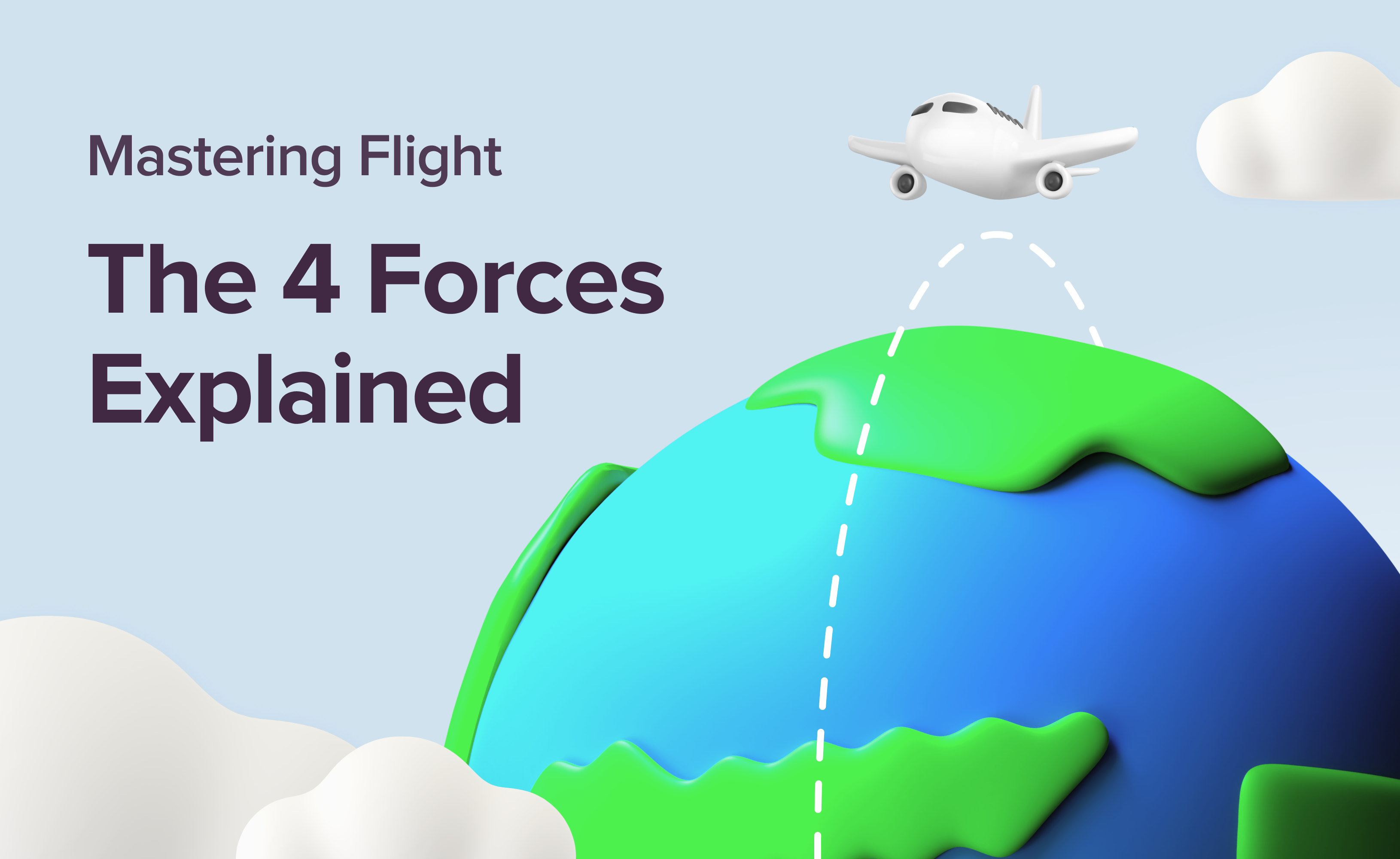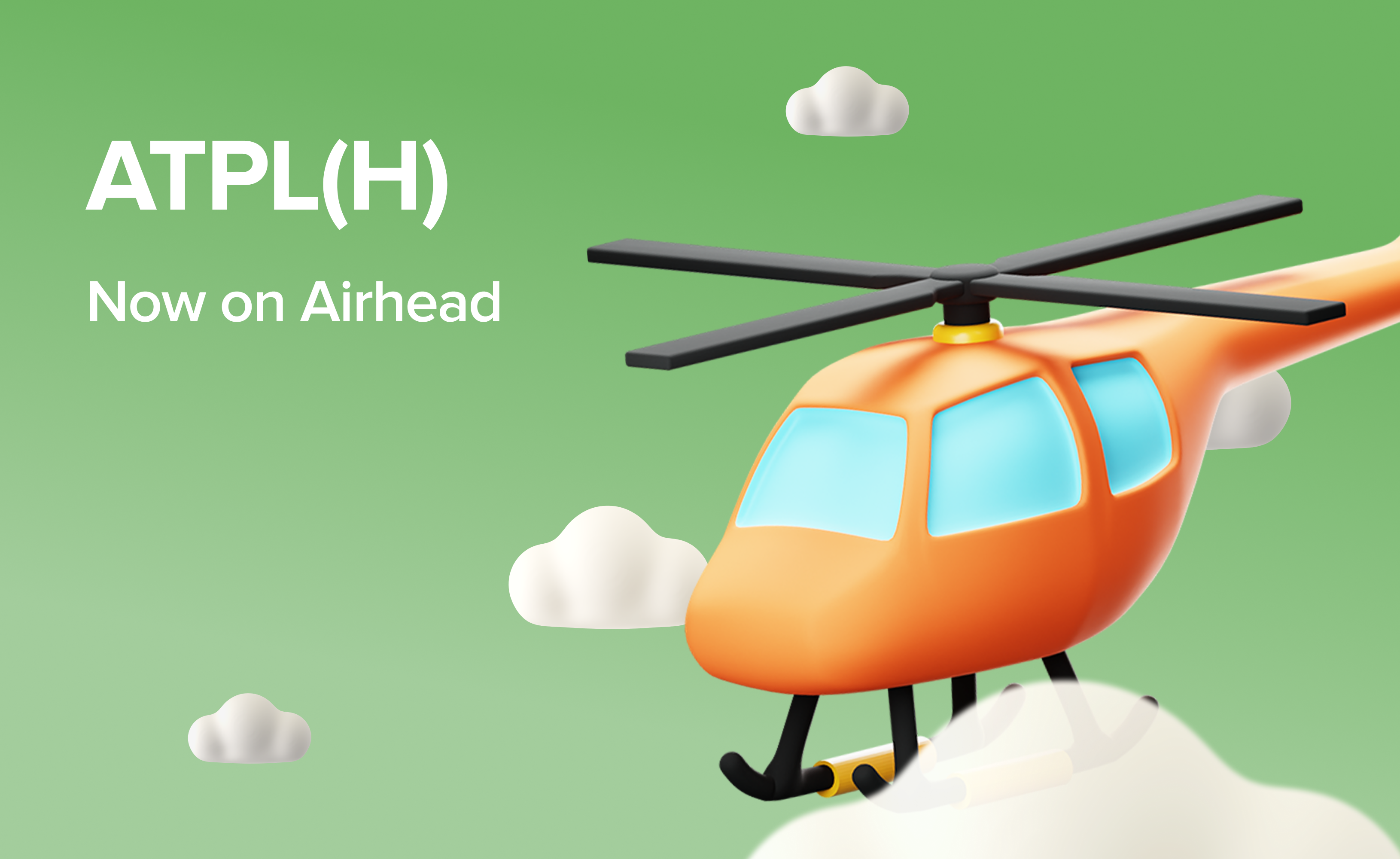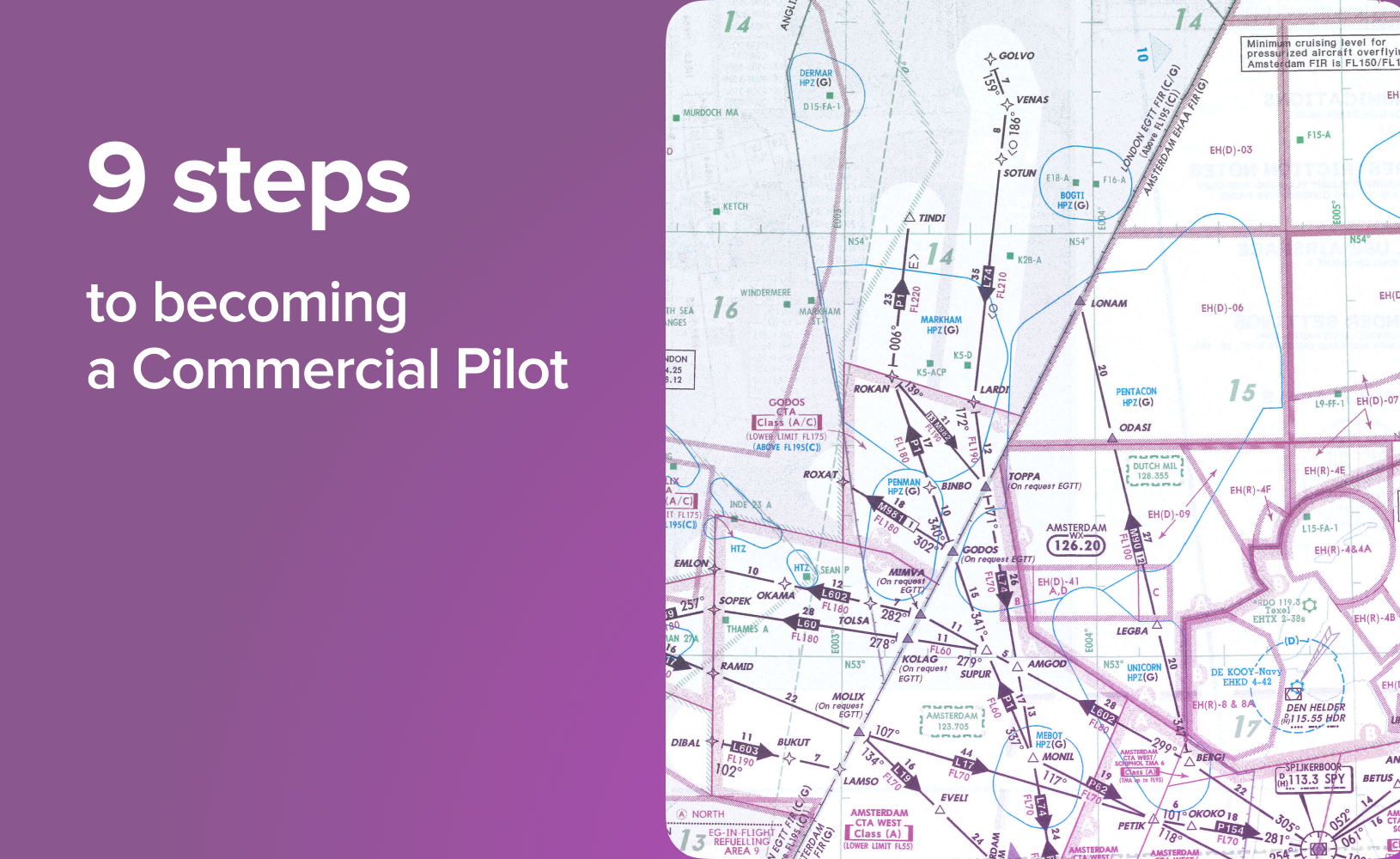Beyond Delta: 7 Common Shapes of Aircraft Wings
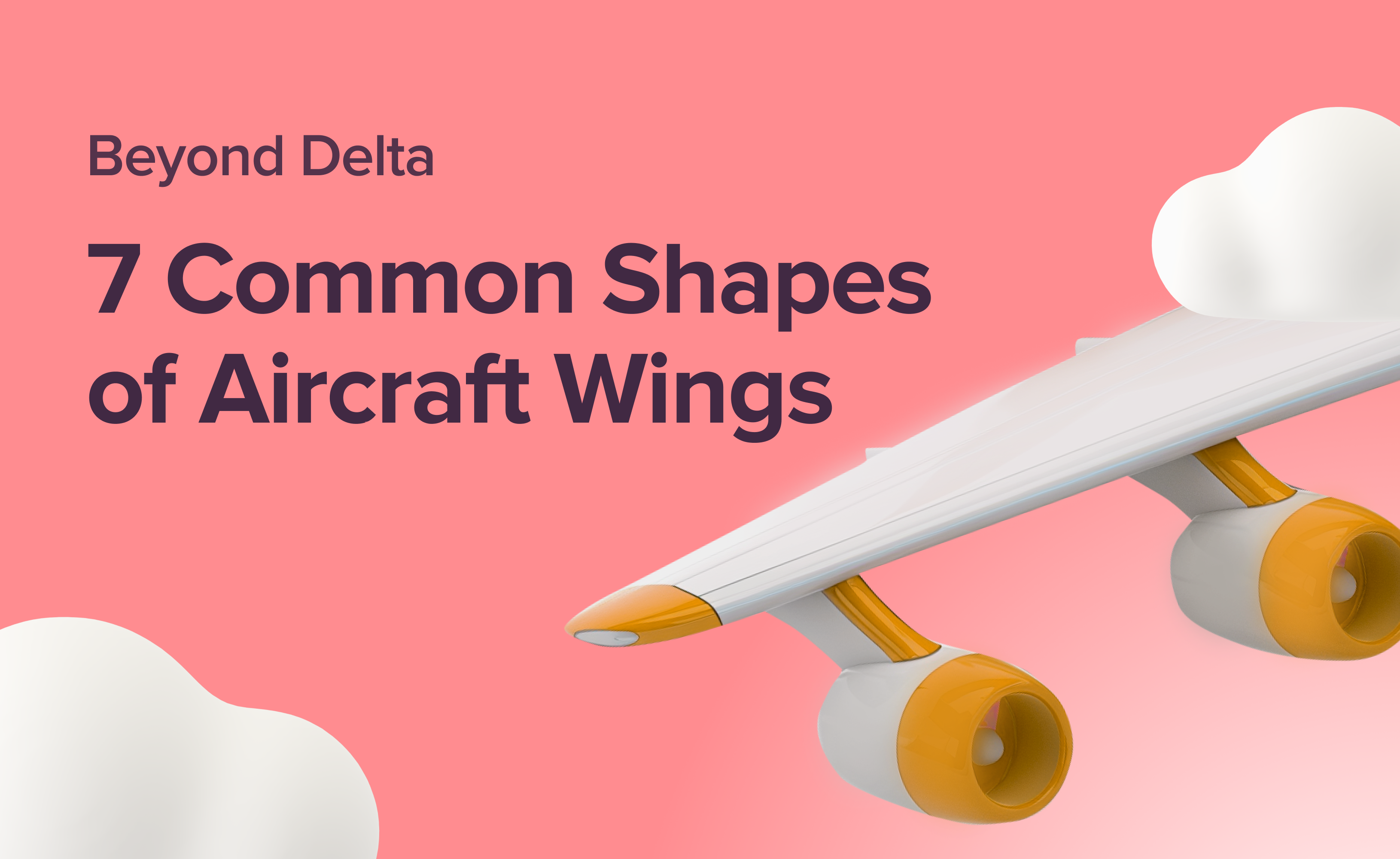
When it comes to aircraft performance, few components are as influential (or as fascinating) as the wings. Far from being a one-size-fits-all feature, wing design has evolved over the decades to meet the demands of speed, efficiency, and control. From sleek delta wings slicing through the stratosphere to the elegant curves of elliptical designs, each shape tells a story of aerodynamic purpose.
In this blog, we’ll break down seven of the most common aircraft wing shapes you’ll encounter. Whether you’re a student pilot, an aviation enthusiast, or just someone who’s ever looked at a wing and wondered “why that shape?”, you’re in the right place.
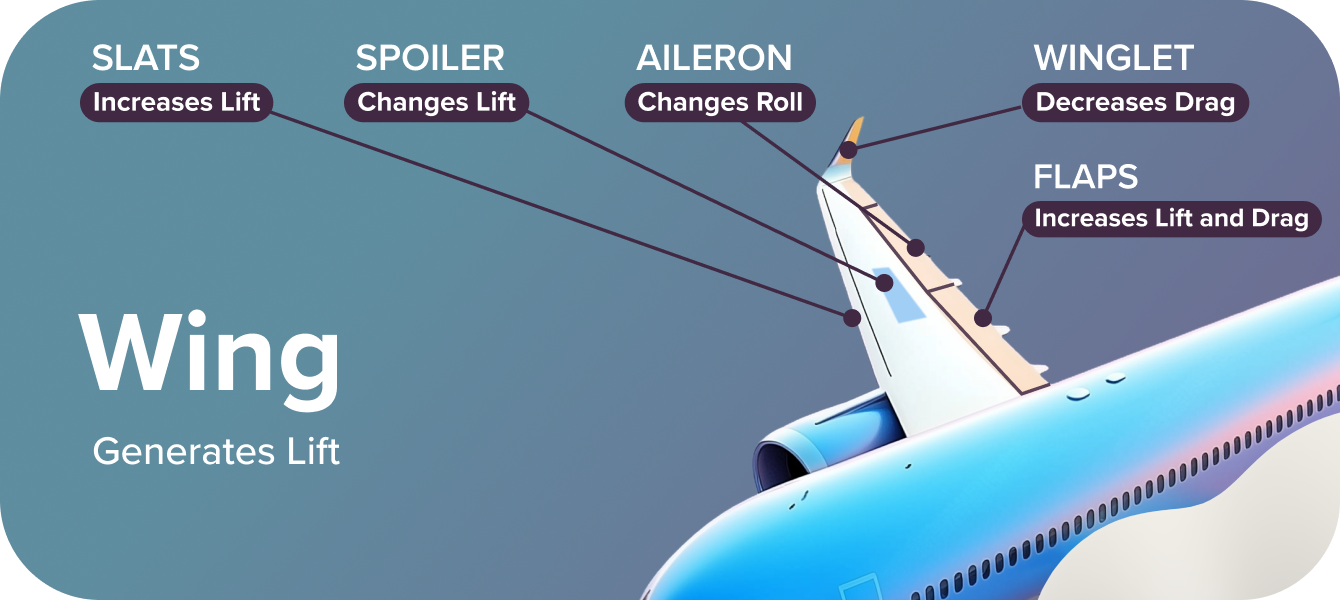
Understanding Aircraft Wings
Before we get into the various aircraft wing shapes, let’s take a moment to understand or freshen up on how wings work and why their shape matters.
At the heart of it, an aircraft wing’s primary job is to generate lift — the upward force that allows the aircraft to break free from gravity and stay in the air. This lift is created by the airflow over and under the wing, which causes a pressure difference due to the wing’s curved shape (known as an airfoil). In flight, lift works to counteract gravity, while thrust from the engines fights against drag, the force resisting forward motion.
Now, when we talk about the shape of the wing, we’re often referring to its planform. That is, the shape of the wing when viewed from directly above. This is more than just an aesthetic choice. Wing planform directly influences how air flows around the aircraft in three dimensions and plays a critical role in performance, handling, and efficiency.
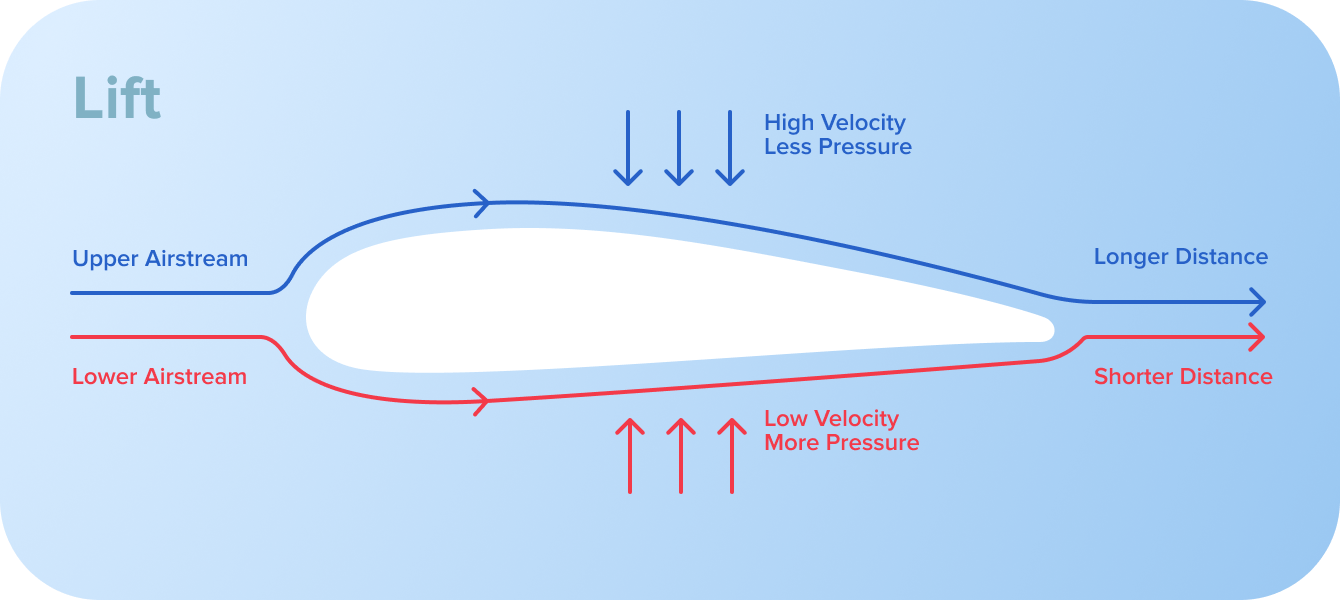
Three important factors in wing planform design are:
Aspect Ratio – This is the ratio of the wingspan to the wing chord (the straight line from the leading edge to the trailing edge). A high aspect ratio (long, narrow wings) generally improves lift-to-drag efficiency, especially during slow flight or climbing.
Taper Ratio – This refers to how the wing narrows from the root (where it joins the fuselage) to the tip. Tapering affects the lift distribution, structural weight, and stall behaviour of the wing.
Sweepback – This is the angle at which the wing sweeps back from the root to the tip. Swept wings are often used on faster aircraft to delay the onset of shock waves at high speeds.
Each wing configuration is chosen for a reason, depending on whether it’s built for speed, agility, long-distance cruising, or short-field performance. As we explore the seven most common wing shapes, you’ll see how these design choices play out in the sky.
Build a solid foundation for your Aircraft General Knowledge studies with our blog From Nose to Tail: Aircraft Parts and Their Functions. We break down aircraft parts.
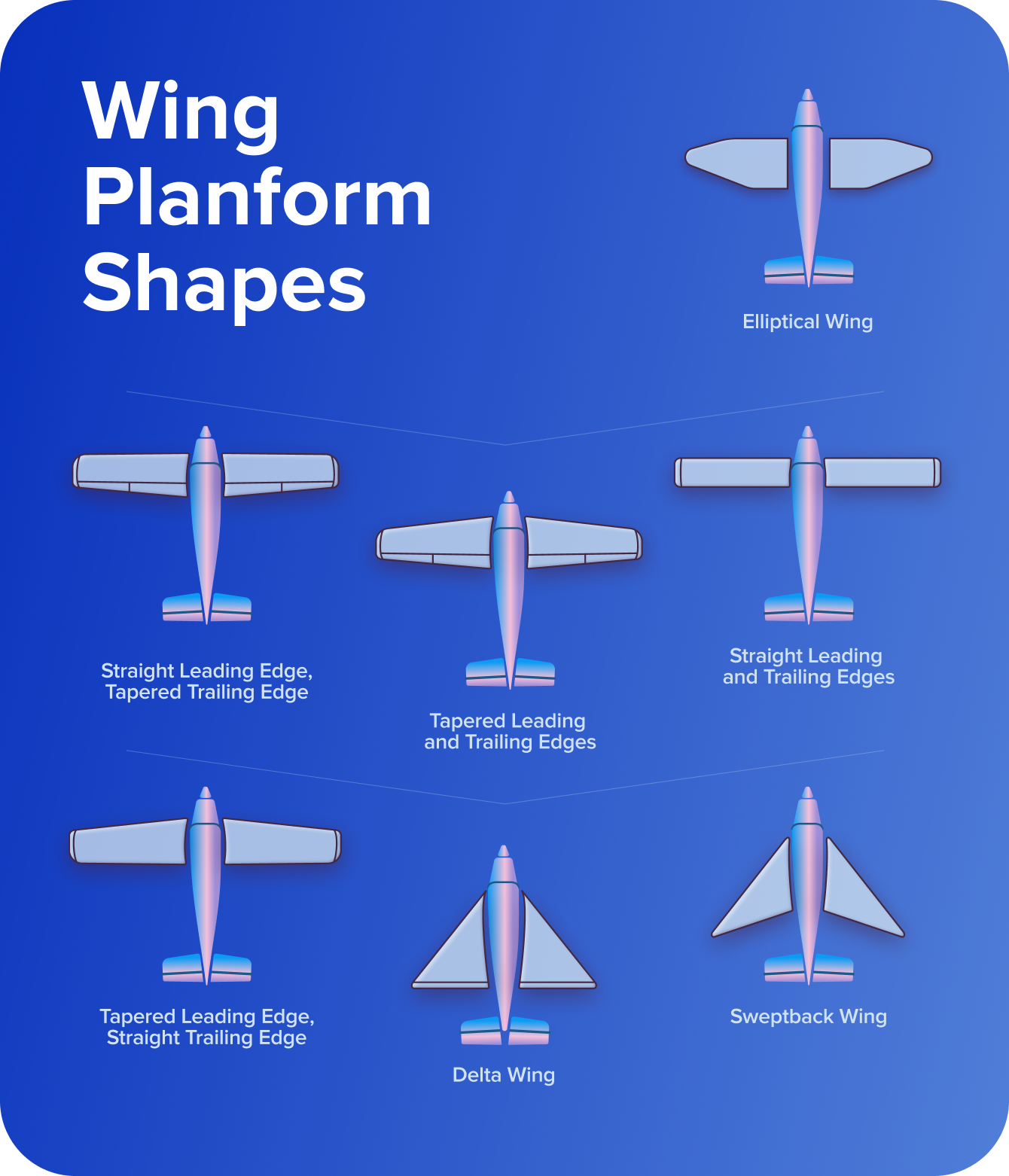
1. Rectangular Wing
Simple, forgiving, and found on training aircraft. This is one of the most basic wing shapes you'll come across, and for good reason. A full rectangular wing has a straight leading edge and a straight trailing edge, forming a simple box-like shape when viewed from above.
Rectangular wings are common on trainer aircraft like the Cessna 152 or Piper Cub. Their design promotes gentle stall behaviour, with the stall typically starting at the wing root rather than the tips, giving the pilot more control and warning during critical phases like landing.
Key benefits: Predictable and stable handling. Easy and inexpensive to manufacture. Ideal for low-speed, general aviation aircraft.

Discover the legacy of flight training with our guide to 8 Iconic Trainer Aircraft, the planes that have shaped generations of pilots.
2. Tapered Straight Wing
A subtle shift toward performance. In the design of the Tapered Straight Wing, the leading edge remains straight, but the trailing edge tapers inward as it moves toward the wingtip. This creates a more aerodynamically efficient shape compared to a full rectangular wing, while still being relatively simple to manufacture.
This shape is often used on light aircraft and some military trainers, offering a middle ground between pure simplicity and aerodynamic refinement.
Key benefits: Improved lift distribution and slightly better efficiency. Stall characteristics still favour the root first (which is good for controllability). Easier to construct than a fully tapered wing.
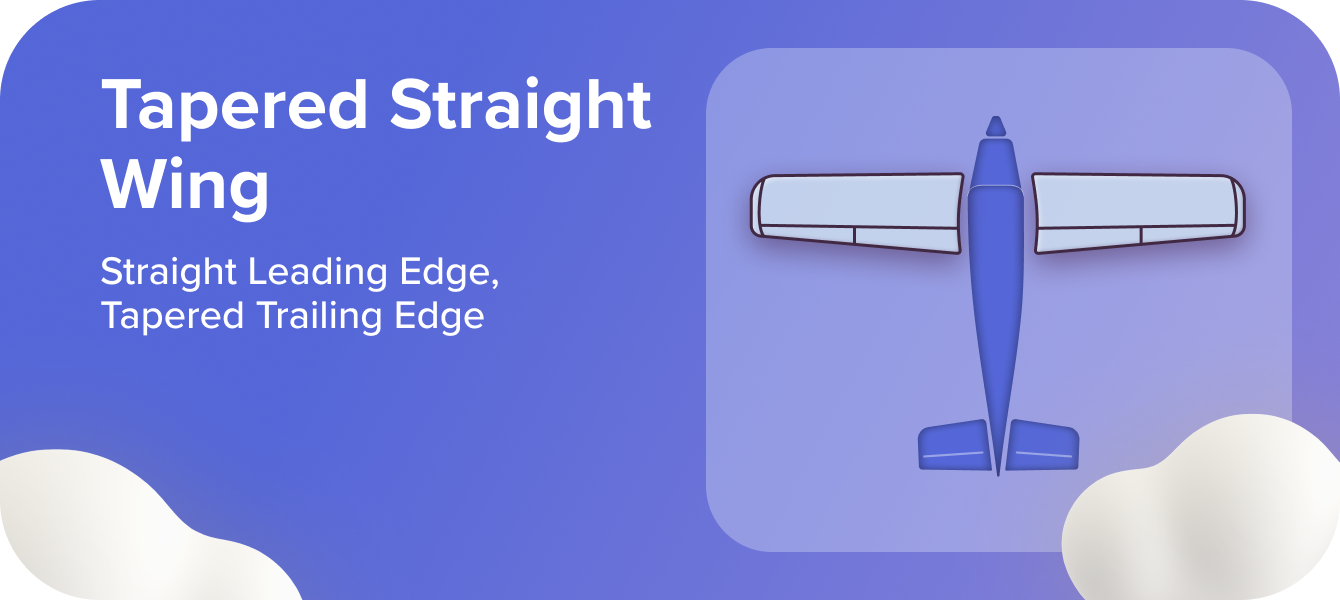
3. Trapezoidal Wing
Aerodynamic elegance meets efficiency. This wing shape is also known as a Trapezoidal Wing. It features both the leading and trailing edges narrowing smoothly toward the tip, creating a clean, sleek profile.
Tapered wings also tend to have a better lift-to-drag ratio, which contributes to smoother cruising and better fuel economy. But there is a challenge with the trapezoidal wings. The stall may begin toward the wingtip, which can affect aileron effectiveness. That’s why many aircraft with tapered wings include washout (a twist in the wing design) to help maintain control during a stall.
This shape is commonly used in both military jets and high-performance general aviation aircraft, like the Beechcraft Bonanza. It provides a good balance between aerodynamic efficiency and structural strength.
Key benefits: Improved fuel efficiency and cruise performance. Reduced induced drag. Visually appealing and widely used on performance-oriented aircraft.
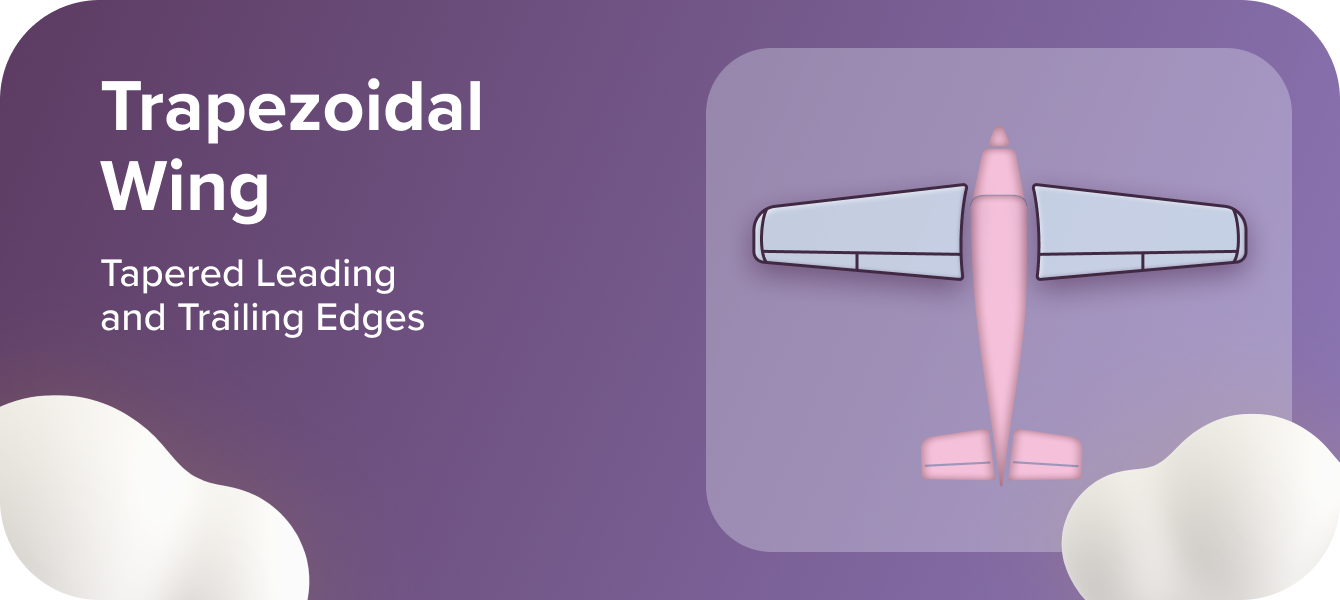
Live your pilot dreams with our ultimate bucket list of 10 must-fly aircraft - check them out here.
4. Moderately Tapered Wing
A performance-focused hybrid. This design keeps the trailing edge straight, while the leading edge sweeps back toward the wingtips. This subtle change gives the wing a more aggressive appearance and also affects how air flows across the surface.
You’ll often spot this on light military aircraft and some high-performance civilian models. It offers the aerodynamic benefits of a swept design without the full complexity of a sweptback wing. The Cessna 172 Skyhawk is described as having a moderately tapered wing. It features a tapered leading edge, nearly straight trailing edge, and a constant thickness airfoil, all of which support stable and predictable flight characteristics, ideal for training. The F-16 Fighting Falcon has a variation of this shape, where the leading edge sweep changes angle at a certain spanwise point (called a “cranked arrow” wing).
Key benefits: Lower drag at higher speeds. More efficient airflow at the front of the wing. Maintains some simplicity in construction compared to fully swept wings. The taper ratio (tip chord/root chord) falls within a moderate range — neither extreme nor minimal.

Discover why the Cessna 172 earned its title as the “World's Flight Trainer” and explore its enduring legacy – read the full story in our latest blog post.
5. Sweptback Wing
A wing where both the leading and trailing edges are angled backward, giving the aircraft a sleek, swept appearance. These wings are commonly found on high-speed jet aircraft.
This wing shape is designed to delay the onset of shock waves and reduce drag at transonic and supersonic speeds. The sweep angle reduces the effective airflow perpendicular to the wing, allowing higher-speed flight before reaching critical Mach numbers. A swept wing increases lateral stability but can also cause Dutch roll — an oscillating yaw/roll motion that many airliners dampen with yaw dampers.
Used extensively in commercial jetliners (e.g. Boeing 737, Airbus A320) and military jets. They provide good cruise performance, but may reduce low-speed handling and increase take-off/landing distances.
Key Benefits: Optimised for high-speed flight with reduced drag in the transonic range. Improves cruise efficiency and lateral stability. Common in jets due to strong performance at altitude. Dutch roll risk is managed with yaw dampers in modern aircraft.

Explore the legacy of Boeing. Discover the revolutionary aircraft that have shaped modern aviation in our latest blog, A Rise of Boeing: Planes That Changed the World.
6. Delta Wing
A wing with a triangular shape, where the leading edges are highly swept and the trailing edge is straight or slightly curved. Resembles the Greek letter Δ (delta).
Designed to handle very high-speed flight, delta wings can manage extreme aerodynamic stress and remain stable at both subsonic and supersonic speeds. They also offer a large surface area, beneficial for lift generation. The main challenge with delta wing planform is its poor low-speed performance. Delta wings often require high landing speeds and high pitch attitudes during approach.
Famous on aircraft like the Concorde, Dassault Mirage, and Eurofighter Typhoon. You’ll also find variations in spaceplanes and experimental jets.
Key benefits: Excellent at high-speed and high-altitude flight. Simple, strong structure. Performs well in high angles of attack (helpful in combat or re-entry flight).

From its revolutionary delta wings to its breathtaking speed, the story of Concorde is pure “Mach Magic” – explore it all in our recently released blog post.
7. Elliptical Wing
An elegant wing shape where both the leading and trailing edges form an elliptical curve. The chord length gradually decreases towards the tip in a smooth, balanced arc. Elliptical wings produce the lowest induced drag for a given span and area — making them aerodynamically ideal for subsonic efficiency.
Best known on the legendary Supermarine Spitfire from WWII. Complex to design and build, with less predictable stall behaviour near the tips. Not practical for mass production in today’s aviation industry.
Key benefits: Optimal lift distribution. Highly efficient at lower speeds. Smooth airflow across the entire span.

FAQ About Aircraft Wing Types
Why are swept-back wings so common on jet airliners? Swept-back wings are designed to reduce drag at high speeds, especially near the speed of sound. This makes them ideal for jet airliners cruising at high altitudes and fast airspeeds, improving fuel efficiency and overall aerodynamic performance.
What’s the difference between a delta wing and a tapered wing? A delta wing is triangular, often seen on supersonic jets, designed for speed and strength. A tapered wing, on the other hand, gradually narrows toward the tip—offering better lift distribution and efficiency, especially in subsonic flight.
Are all swept-back wings angled the same way? Not at all. The sweep angle varies depending on the aircraft’s mission and speed requirements. High-speed jets tend to have greater sweep angles, while regional jets or military trainers may use moderate sweep for better low-speed handling.
What’s the most efficient wing design? Blended wing body designs are considered highly efficient. By merging the fuselage and wing into a single, streamlined shape, they reduce drag and structural weight, offering better fuel economy and lift-to-drag ratios. While not common in commercial aviation yet, it’s a hot topic for the future.
What materials are used to build aircraft wings? Most traditional aircraft wings are made from aerospace-grade aluminium alloys. Newer designs also incorporate advanced composites like carbon fibre for added strength, durability, and weight savings.
How do aircraft wings generate lift? Wings are designed with a special curved shape—an airfoil—that causes air to travel faster over the top than underneath. This creates lower pressure above the wing and higher pressure below, generating lift and allowing the aircraft to fly.
What’s inside the structure of a wing? Wings are more than just outer surfaces. Internally, they’re made up of key structural elements like spars (the main support beams), ribs (which shape the airfoil), stringers (which add strength), and skin. Together, they form a strong yet lightweight framework.








